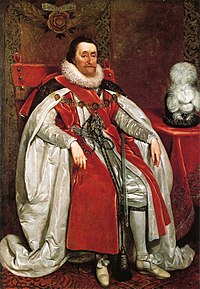History of Christianity During the 17th Century
For the past 20 years, I
have worked as a Critical Care Registered Nurse; which means that I take care
of people who would normally die without interventional care. Most who are
critically ill recover, but some do not, therefore I witness a great deal of suffering
and death. This is one of the reason that I am compelled to share the gospel in
a lost and dying world.
During the 17th Century
western Christianity was divided among Roman Catholics, Lutherans, and
Reformed. Catholic theology was defined by the Council of Trent (1545-1563).
Reformed theology was defined at the Synod of Dort, which repudiated the
Remonstrance treatise put forth by Jan Uytenbogaert and Simon Episcopius who
were supporters of the deceased theologian Jacob Arminius. The Synod of Dort
ruled that Arminius’s teachings were heretical and rejected the Remonstrance
with five counter responses known by the mnemonic TULIP. Lutheran Germany fell
into infighting after Luther’s death. German Pietism arose through Philipp
Jakob Spener as a reaction to dead orthodoxy. The theology of the Pious
centered on: conversion, the centrality of scripture, sanctification, and
church renewal (the priesthood of all believers). In England, a Puritan
movement was occurring. Some within the Puritans sought to reform the Church of
England, while others sought separation. The
Puritans can loosely be defined as those who relate to the theological tenets
put forth by the Westminster Assembly.2
Keeping the Puritan movement in mind, authority
played a large part in the History of Christianity during the
17th Century. The people were in a web of hierarchical
relations and always subject to superior powers. People were divided into three
estates: clergy, nobility and the people, but a monarch enjoyed the privilege
of supreme authority over the three estates.
1John D. Woodbridge and Frank A. James, Church History Volume 2:
From Pre-Reformation to the Present Day. The rise and growth of the Church in
its cultural, intellectual, and political context (Grand Rapids, MI: Zondervan, 2013) 285-286.
2 Ibid, 253-284.





